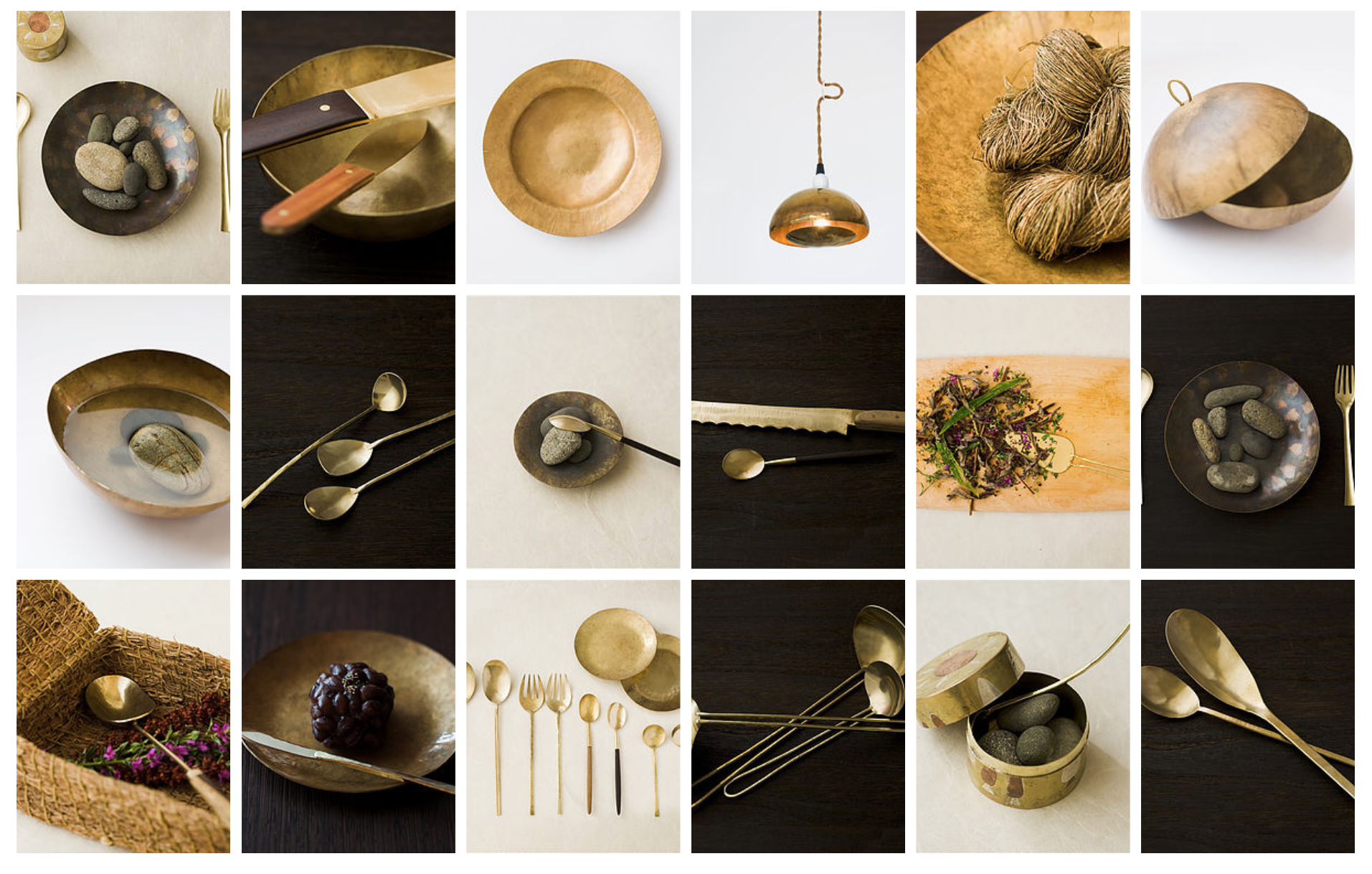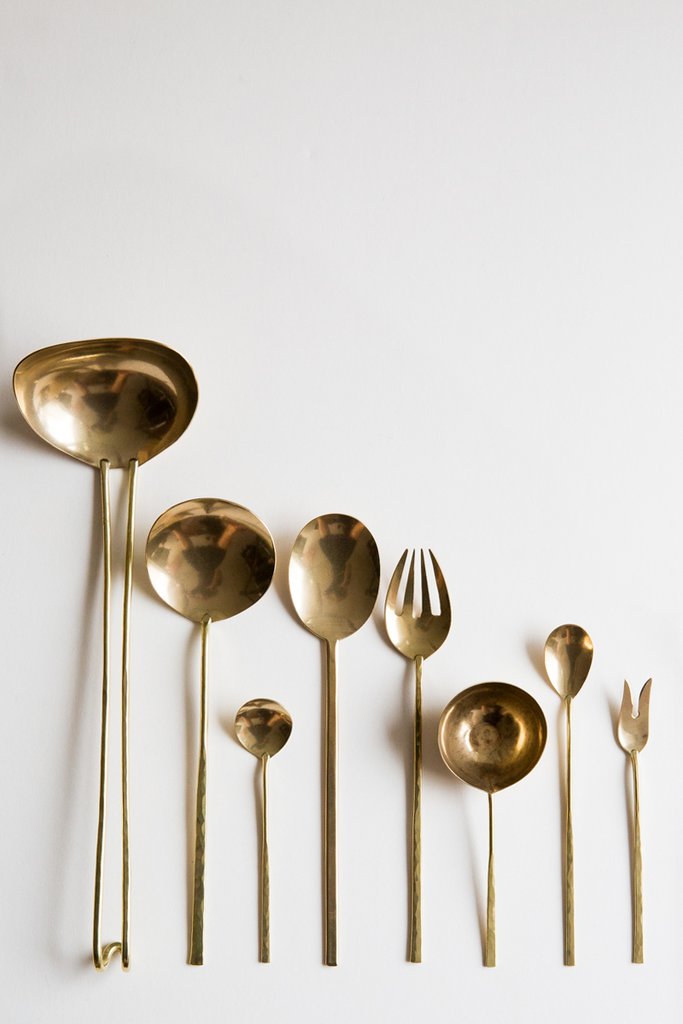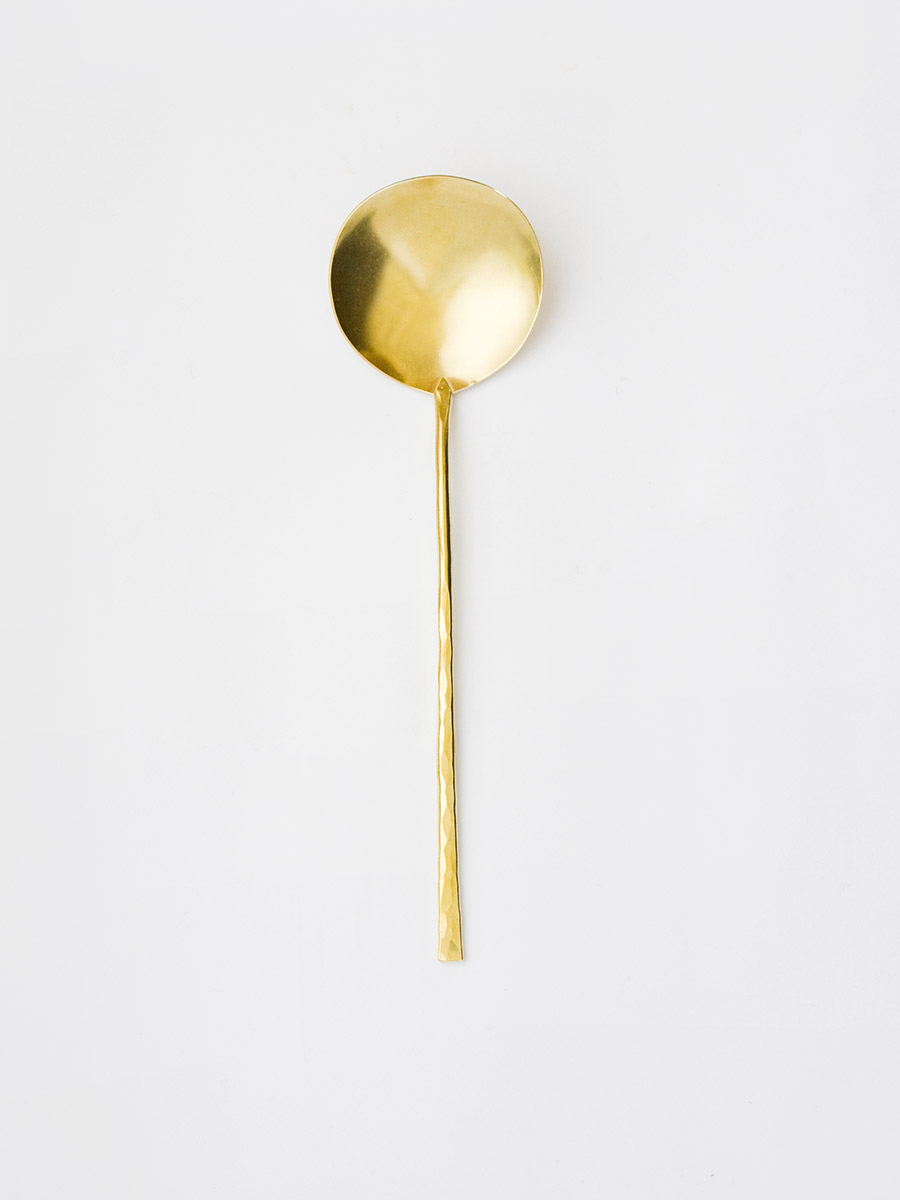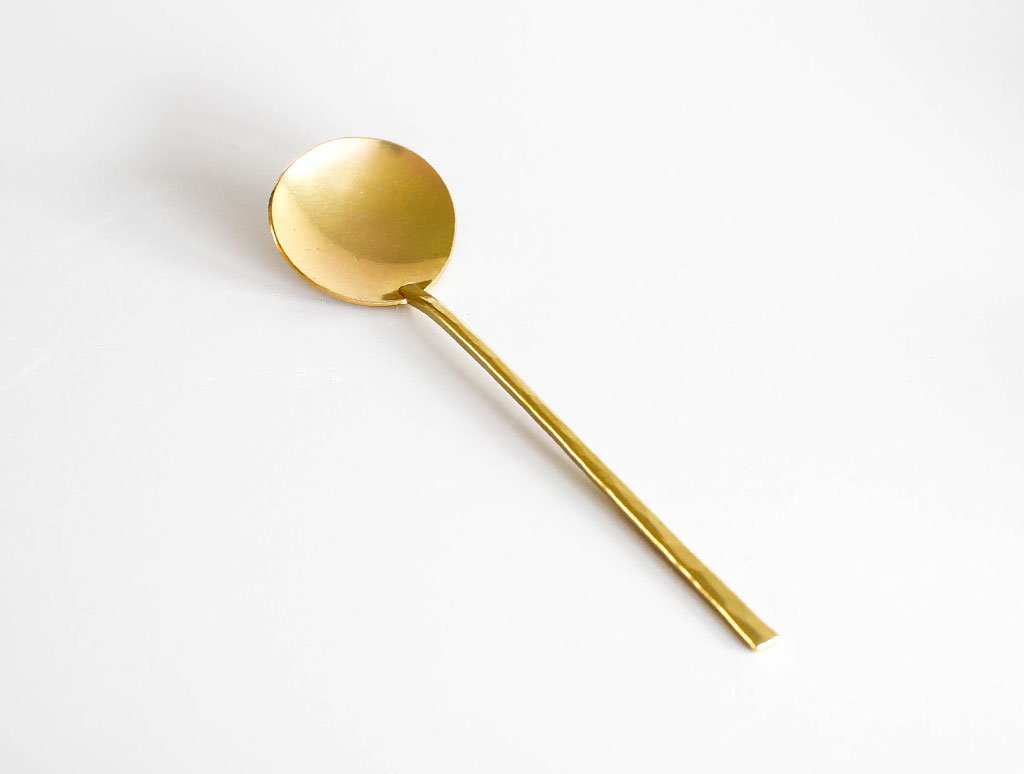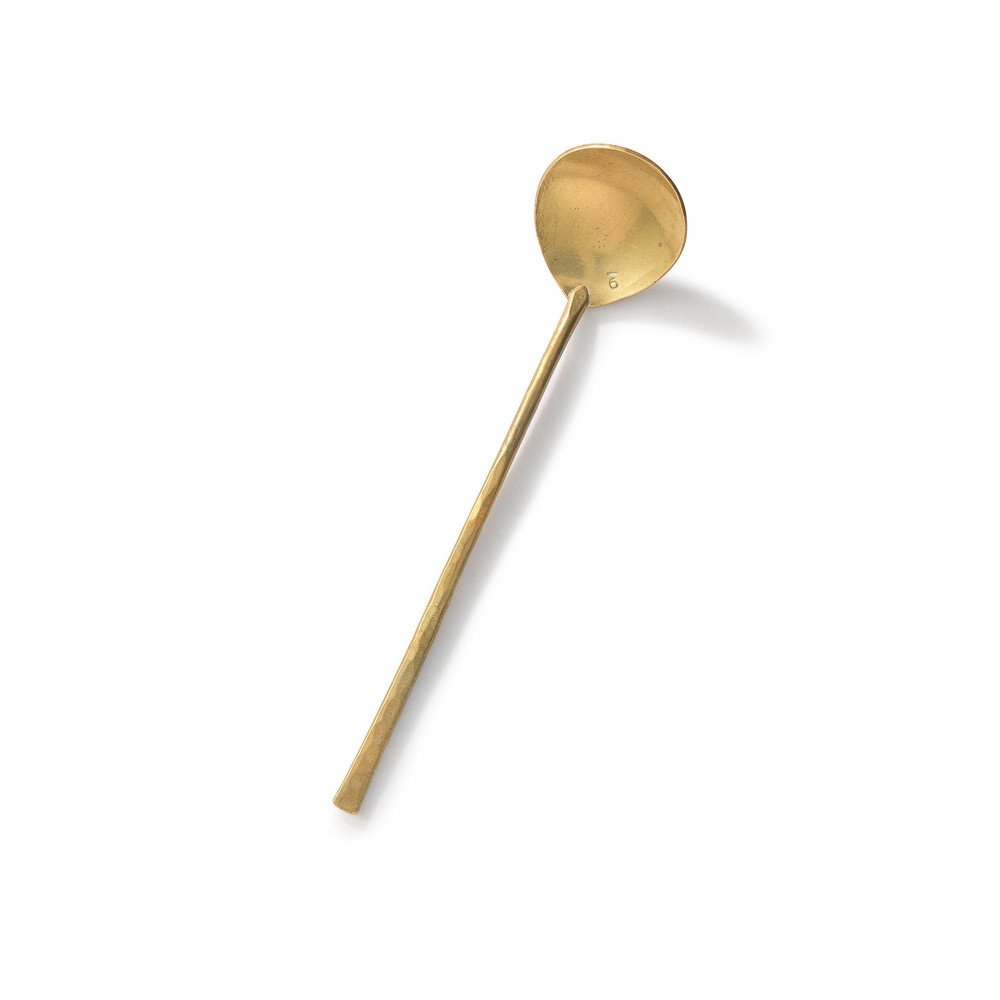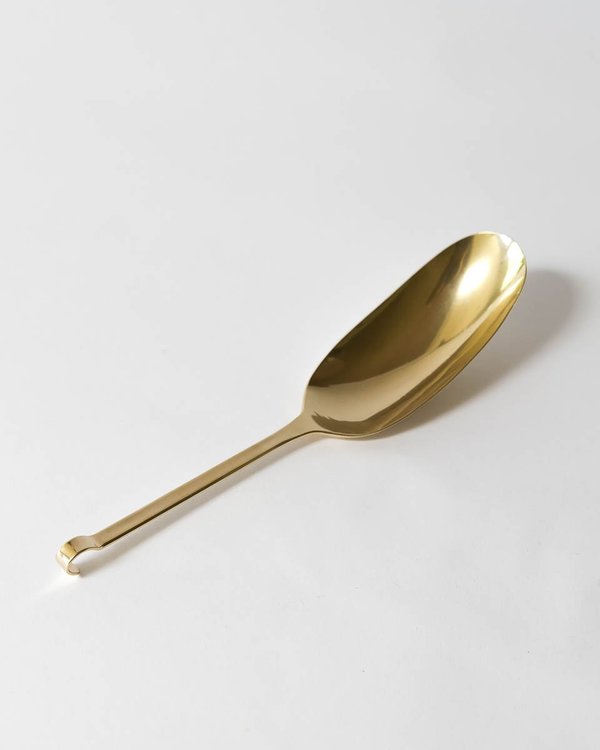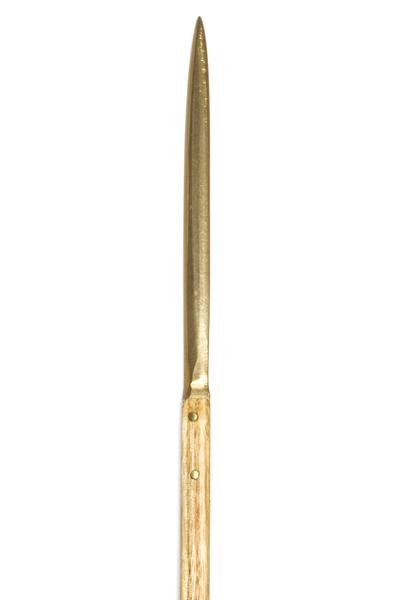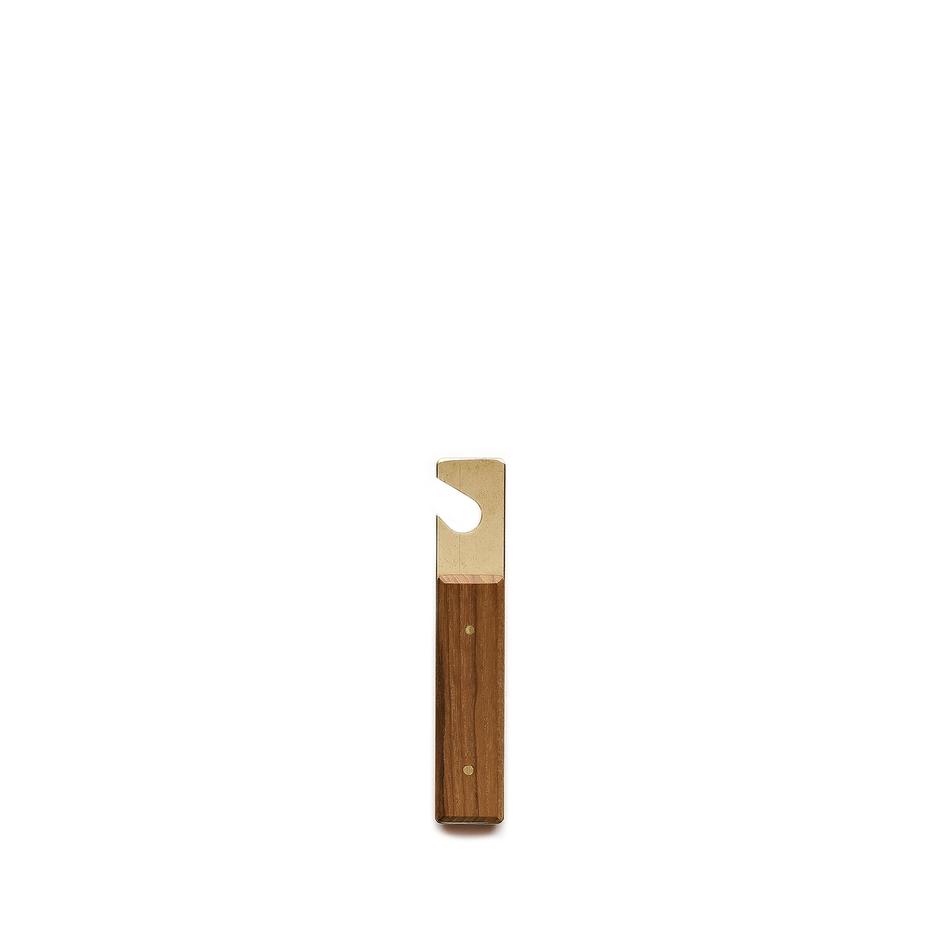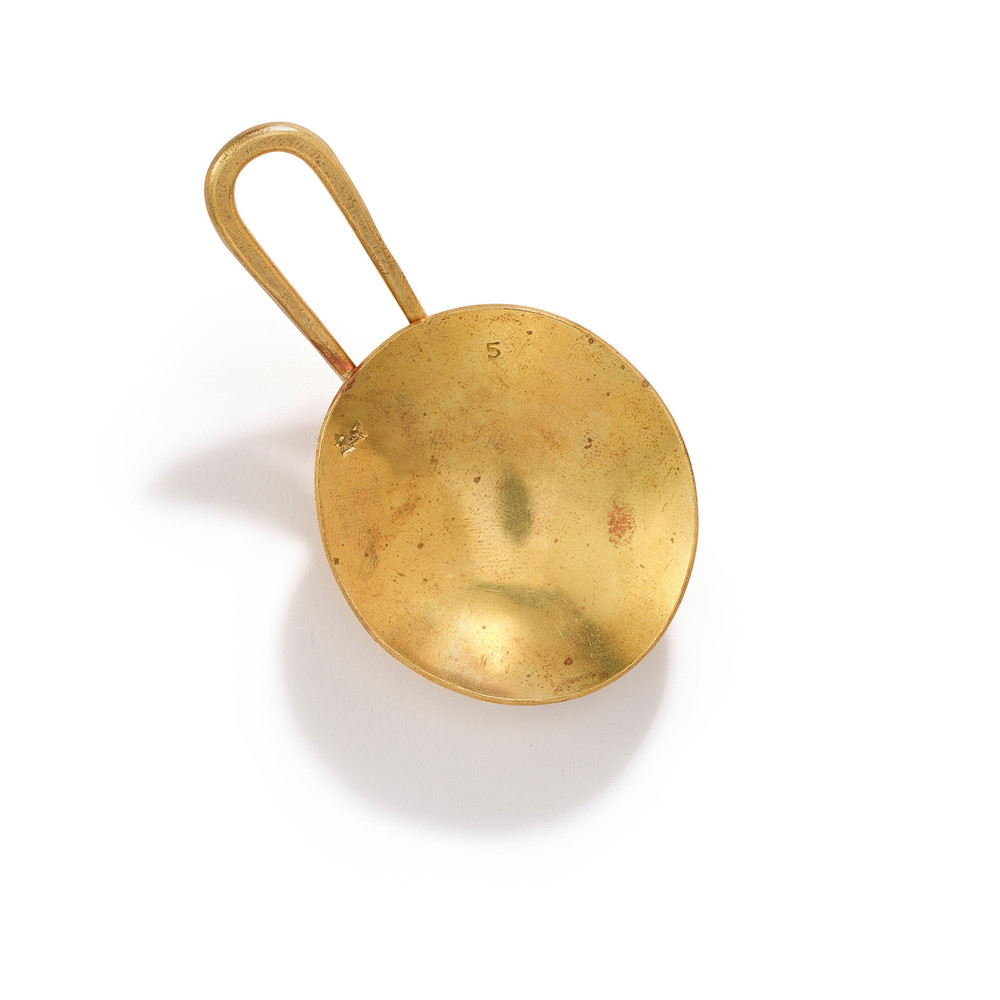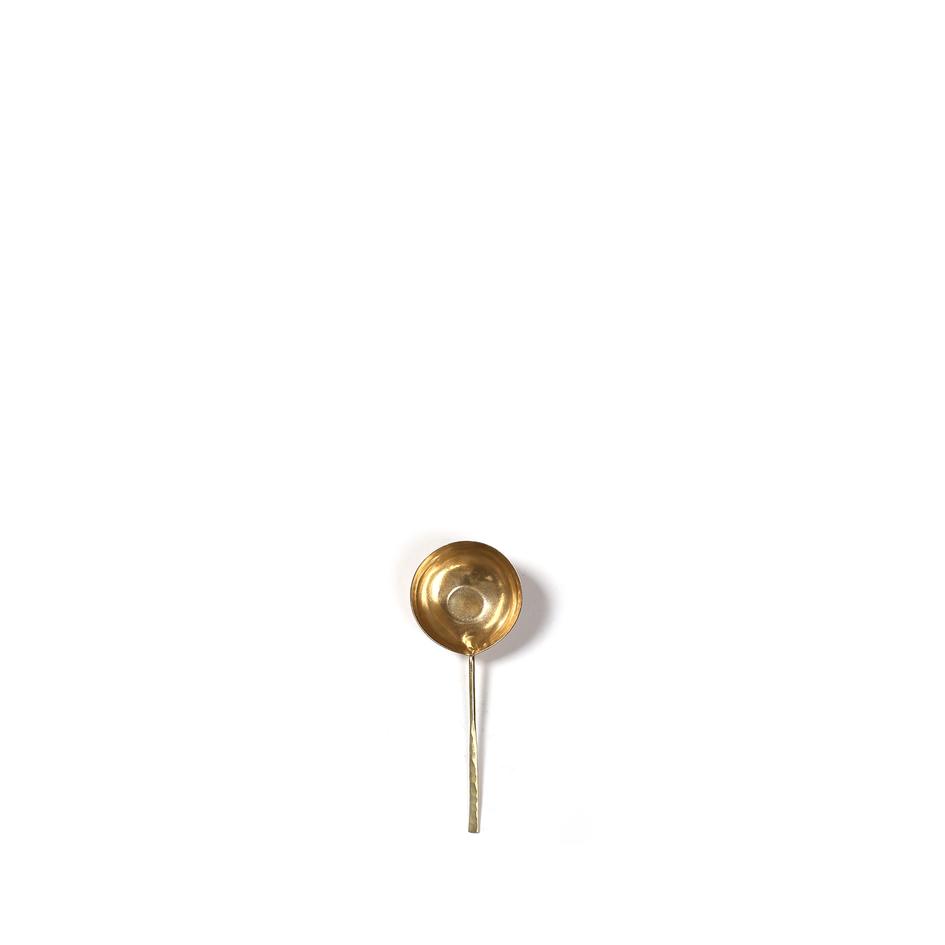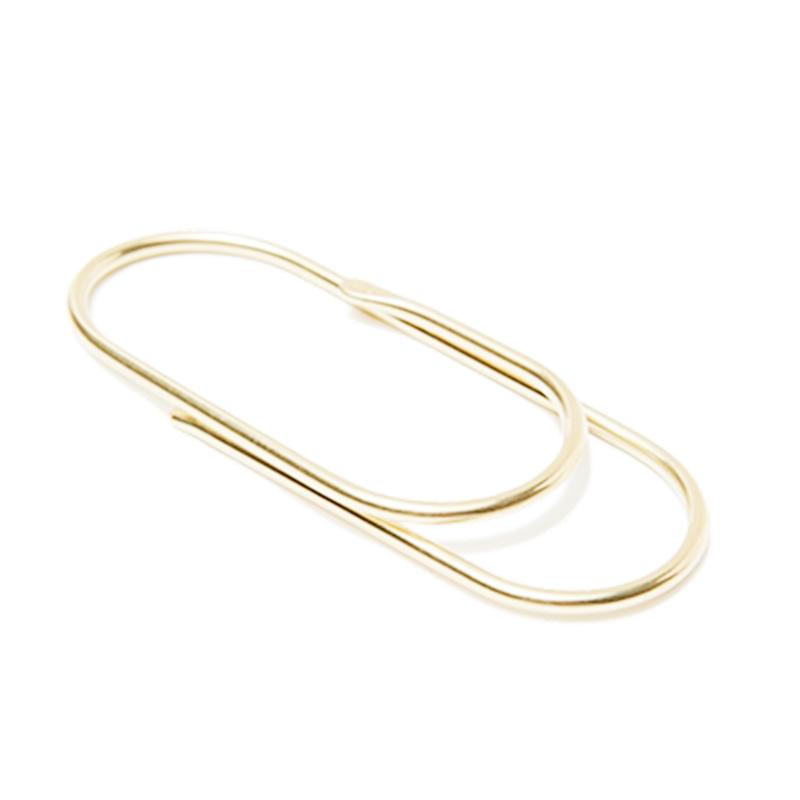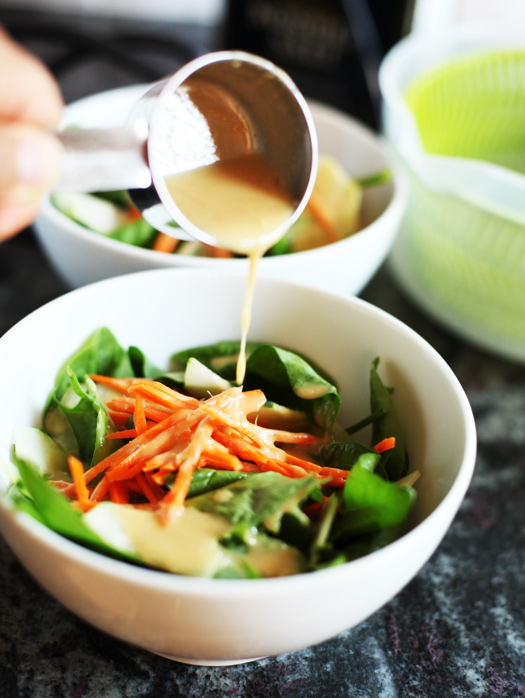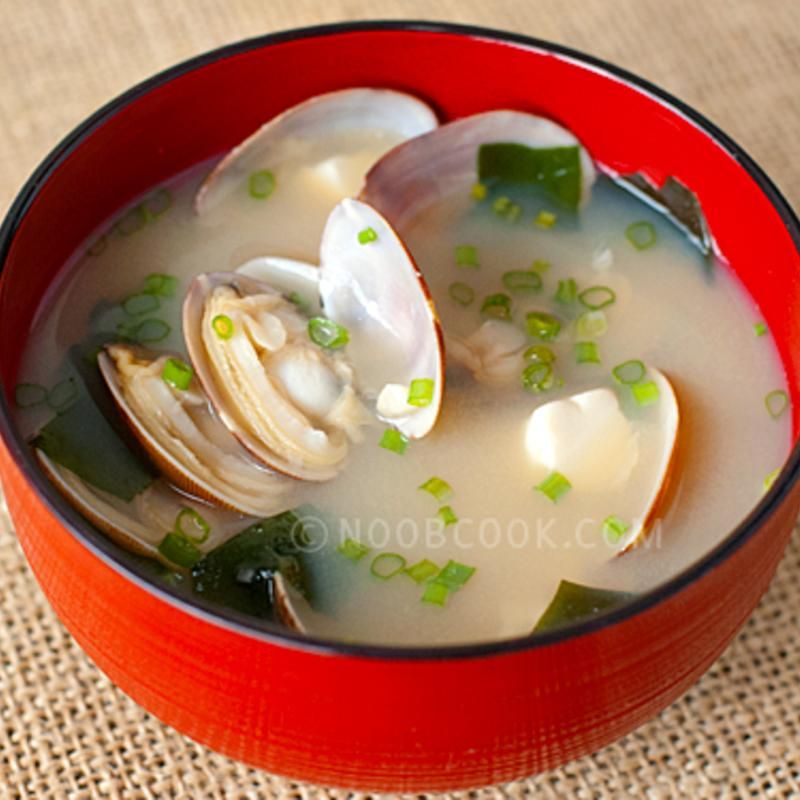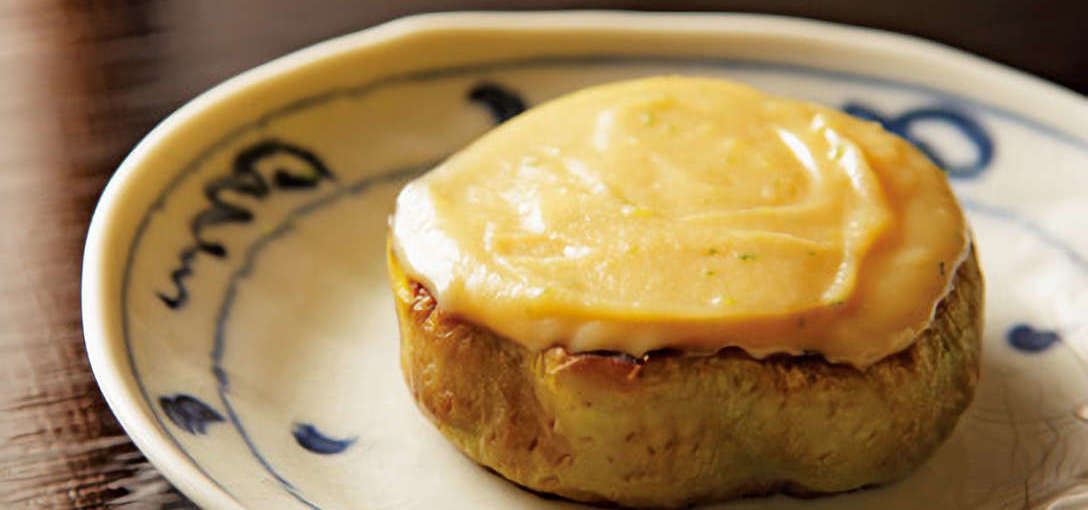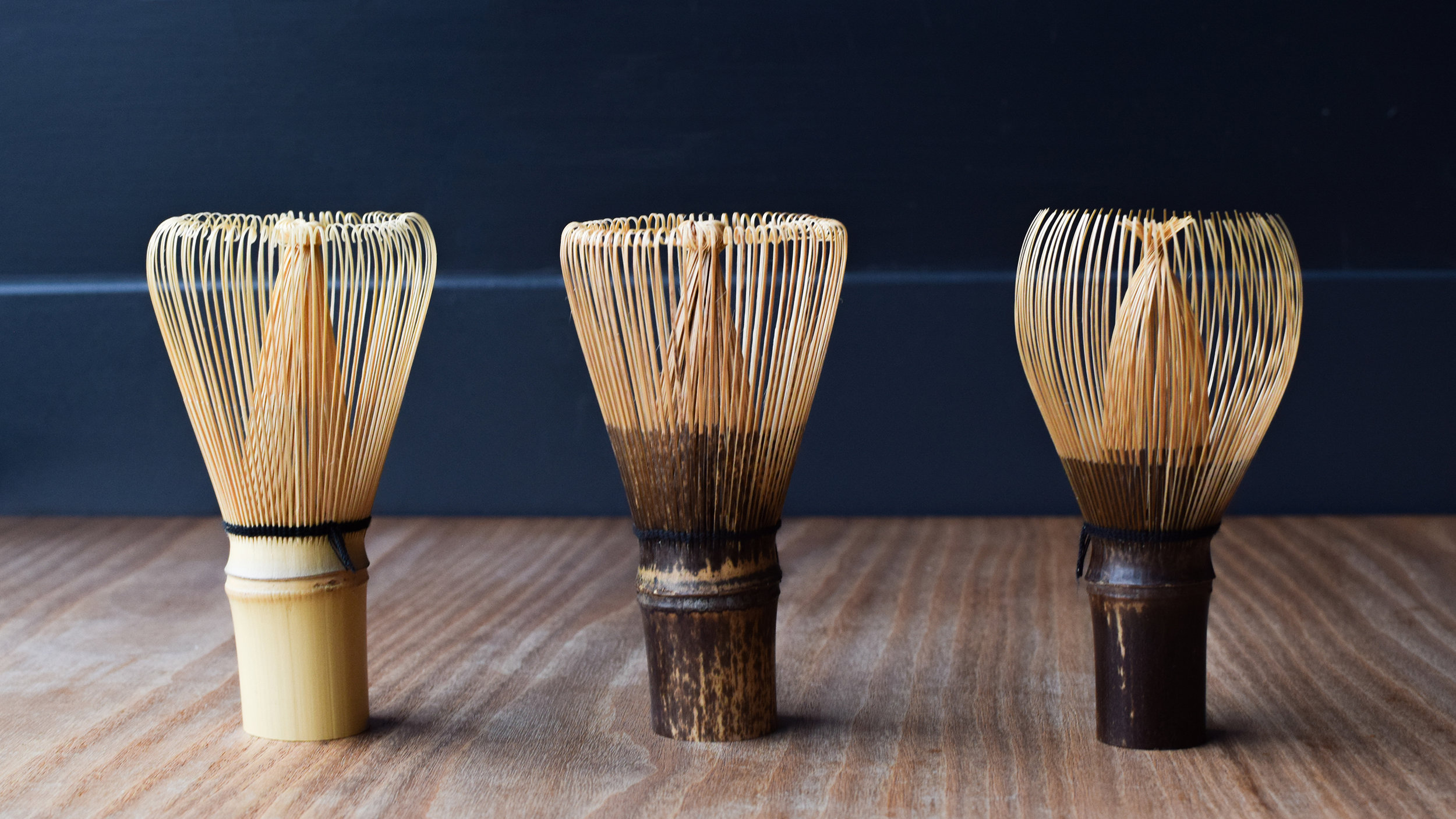Kurashiki’s watermelon baskets made by young craftsman.
This basket is produced by Sunami Toru Shoten (shop) in Kurashiki. Mr. Ryuki Sunami is the fifth-generation president of the shop where local products continue to be produced, Ikago or baskets made from rush in English, including the watermelon basket.
“Even now in the grocery shop, we see watermelons hung with a vinyl rope. The origin of our watermelon basket is there; in past we used to bring a watermelon in a basket to grocery shops.”
“The basket was used not only as a basket to carry but also used as a stopper to cool watermelons in a well or a river. The weaving method is different from that in the past as it used to be rougher, we now apply more stylish weaving designs.”
Baskets that Sunami Toru Shoten create include a shopping basket and a bottle basket as well as the watermelon basket, all of which are used commonly on a daily basis.
Mr Sunami learnt how to weave various types of Ikago, which can be in around 10 different sizes, from his grandmother Sakae.
“Our shop used to produce Tatami mat and Hana-Mushiro, flower-patterned mat (a decorative mat made from dyed rush). Those baskets were small business. We made them from surplus rush not used for mat production so it was just a side business outside the core business. When I was a child, I enjoyed helping my grandmother to make baskets and that’s how I learnt about making baskets”
Now we know the reason behind how Mr Sunami produces Ikago basket and how rush was familiar to him from his childhood.
The reason why Kurashiki’s unique “Ikago” baskets were born.
Okayama is one of Japan’s most famous areas for the production of igusa (rush grass). Hayashima which is also close to Takahiro-san’s workshop has been especially active in growing rush grass.
“There are many places that have ‘islands (shima)’ such as Hayashima, Kojima and Mizushima in this area and they are all reclaimed land. Rice cropping cannot be done here because it is too salty since it was originally the sea, so rush grass and cotton were planted.
In terms of materials to make an Ikago basket, bamboo or a wild vine is actually a stronger material but there is no mountain around this area. The material most easily obtained is rush grass, left over after making tatami mats. This doesn’t incur cost and will be strong if you form it into rope-like structures.”
In such a place in Kurashiki, Sunami Toru shop was set up in 1886 and has also been making tatami mats and flower straw mats as their core business. Ikago baskets were being made as a side line but Takahiro’s father, who succeeded the fourth generation, passed away while he was still young. Takahiro’s grandmother continued making Ikago baskets that can be made alone and Takahiro took over this job when he was 20 years old.
Being called the fifth generation
“Originally, I was interested in product design as I like chairs, ceramic wares, furniture, serving dishes, etc. While I was going to an institute of metal carving and sawing denim by myself, I studied graphic designs as well, thinking it may be useful when I took over the business.
Now, Takahiro has turned 24 years old. When he was in his teens, he was aware of the succession of the family business while he was assimilating what he liked. After he succeeded to the family business at the age of 20 he reviewed the product prices to establish the foundation and make it the main business. He has been operating the business all by himself, from dealing with received orders from wholesalers all over Japan to creating the website as well as making baskets daily.
It takes about 30 minutes to make rush grass strings into a watermelon basket. He takes about one hour to make one, including preparation at the prior stage. All the procedures are manually performed except for twisting rush grass into string shape.
“There is good and bad quality rush grass and I need to inspect it while making a basket. I will distinguish the condition of a string each time and change the method of weaving to balance the whole basket.”
Although he talks about the past light-heartedly, considering that he has been doing all these things by himself for only four years, his determination and power of action to deliver results is just surprising.
On the other hand, he showed his youthful side during the introduction at his workshop. On a shelf for a collection of baskets, gradually gathered from different places, character stuffed toy dolls are lined up and a game controller sits near products piled on the floor.
“That means the outcome is influenced more by the material than by my performance. My role is to make a basket acceptable when the material is not very good.”
20 to 30 years ago in this area Sunami Toru Shoten was already the only place making a Ikago basket. That means Takahiro-san alone is the only creator of Ikago baskets in Kurashiki at the moment.
“I think that I need to pass the skill on but training requires another 10 years. Personally, I like industrial products. I don’t think that a product is good only because it is handmade but I believe that quite a lot of people buy a basket having seen me making it and I feel that I should continue with such a ‘human touch’.” This 24-year old man who doesn’t mince words, is making watermelon baskets diligently, occasionally humming.
The atmosphere is as light as his dexterity, and to my question about his future, he answered encouragingly, “I will continue doing this for life.”


































